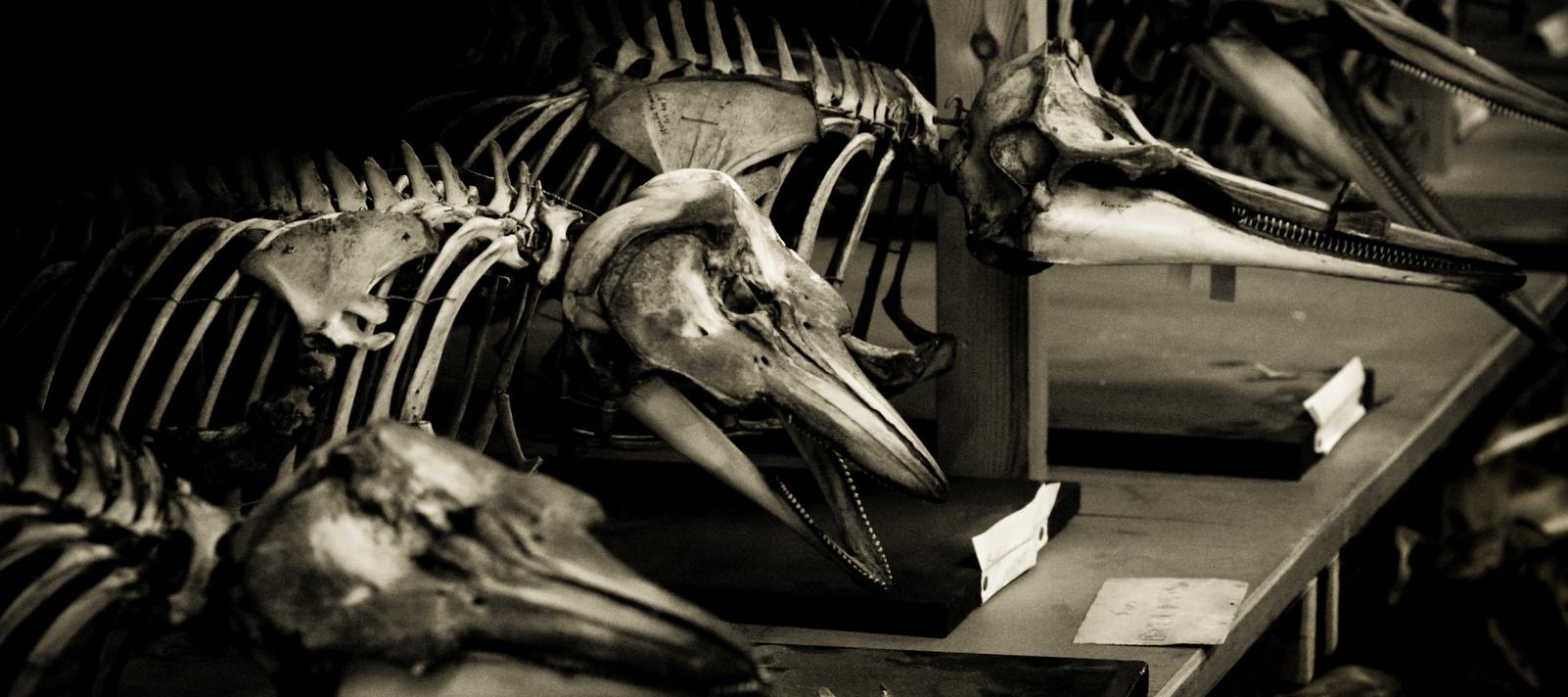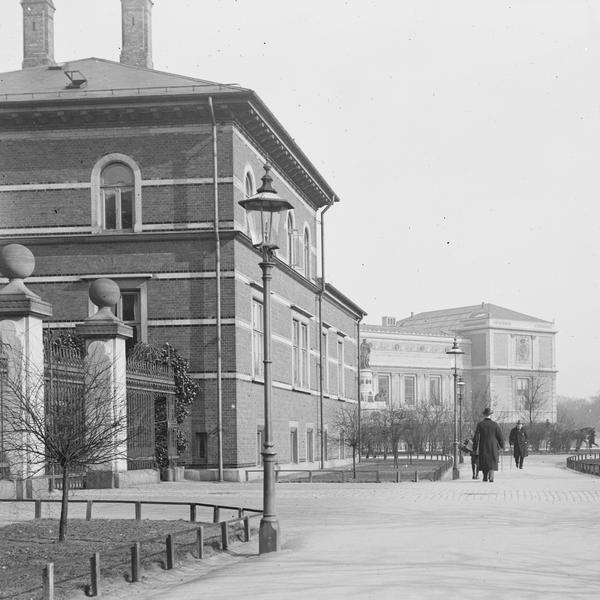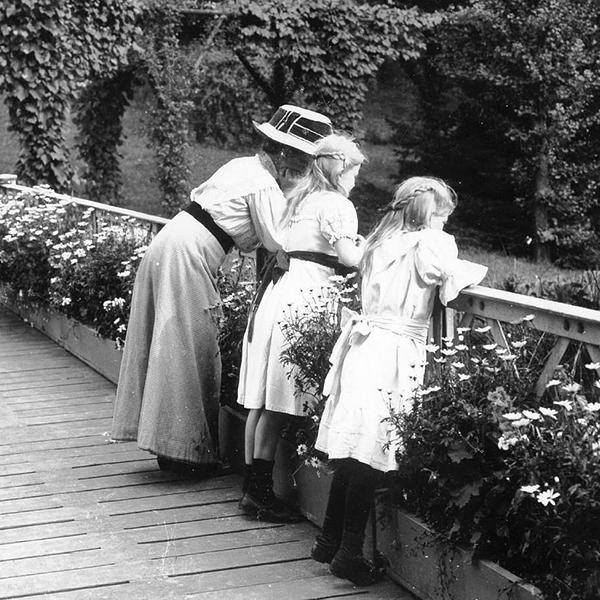The story of the Zoological Museum
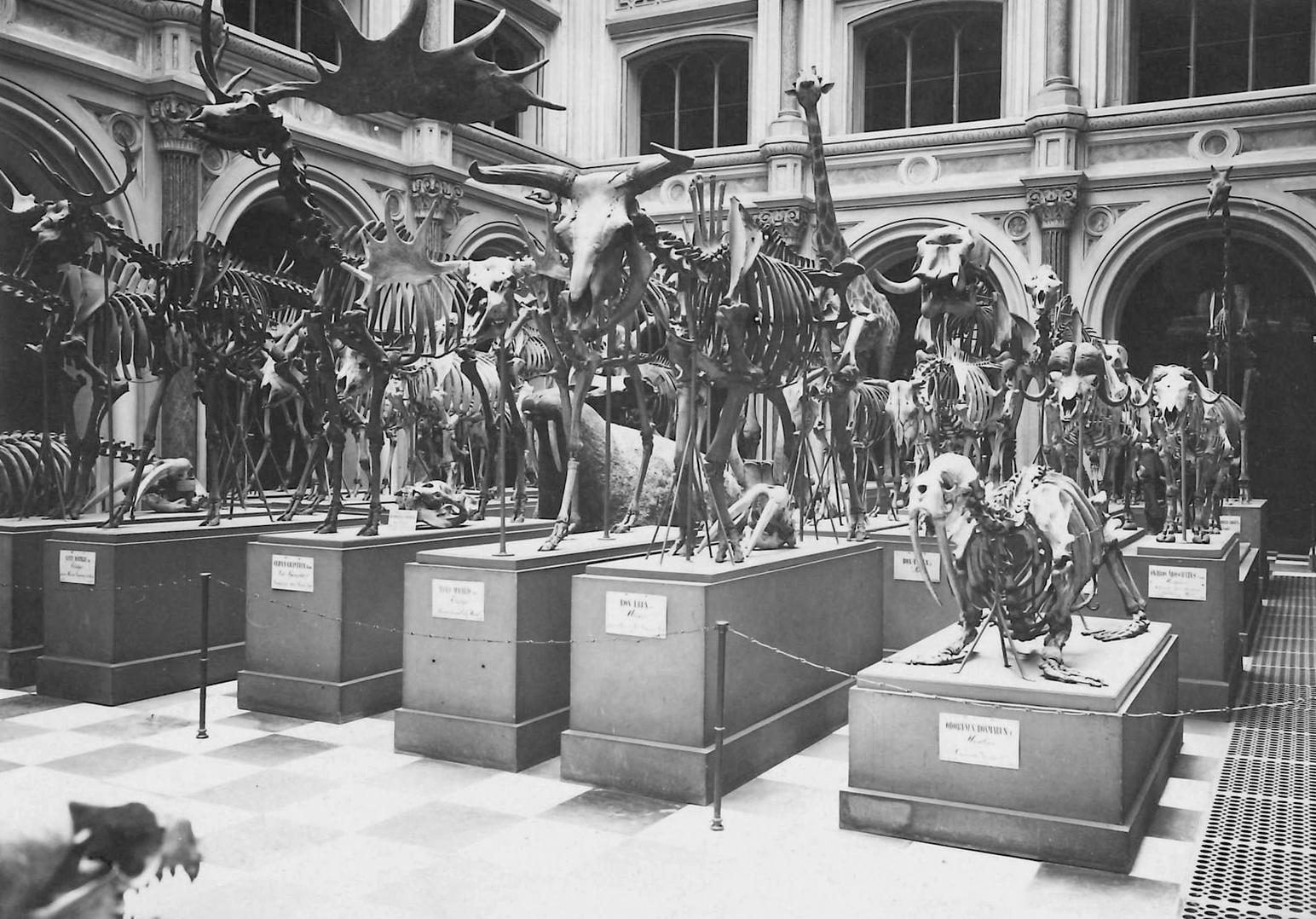
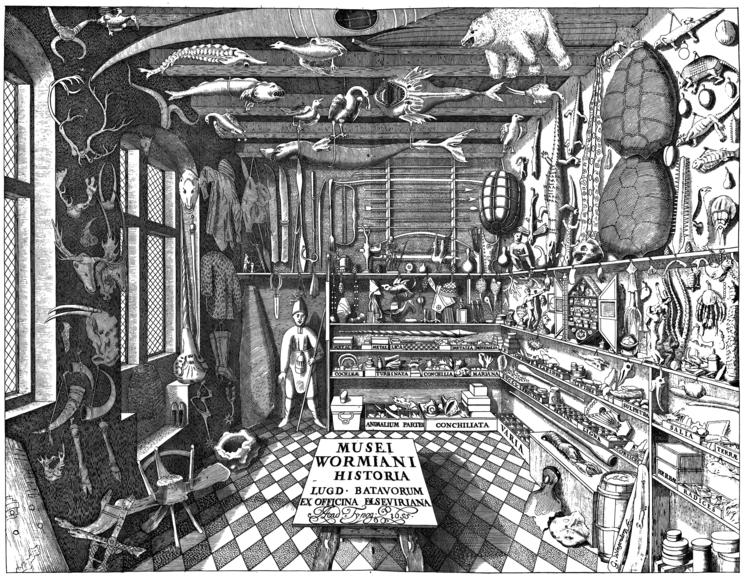
Engraving of Ole Worm's Museum Wormianum.
1655
Museum Wormianum
Although the unified Natural History Museum Denmark is a relatively new organization, its roots can be traced back to the 17th century. The physician Ole Worm (1588-1654) created the Museum Wormianum in the mid-1600s, which primarily consisted of an extensive collection of naturalia – animals, plants, and minerals from around the world. Museum Wormianum, together with the Royal Kunstkammer, formed the foundation of what would later become the Geological Museum and the Zoological Museum.
In 1621, Ole Worm also took over the management of the then dilapidated botanical garden. He introduced a large number of Danish medicinal plants and rare foreign species to the garden.
In 1621, Ole Worm also took over the management of the then dilapidated botanical garden. He introduced a large number of Danish medicinal plants and rare foreign species to the garden.
1862
The Zoological Museum is Established
The Zoological Museum was created by merging the successor of the Royal Kunstkammer, the Royal Natural History Museum, and the University's Zoological Museum.
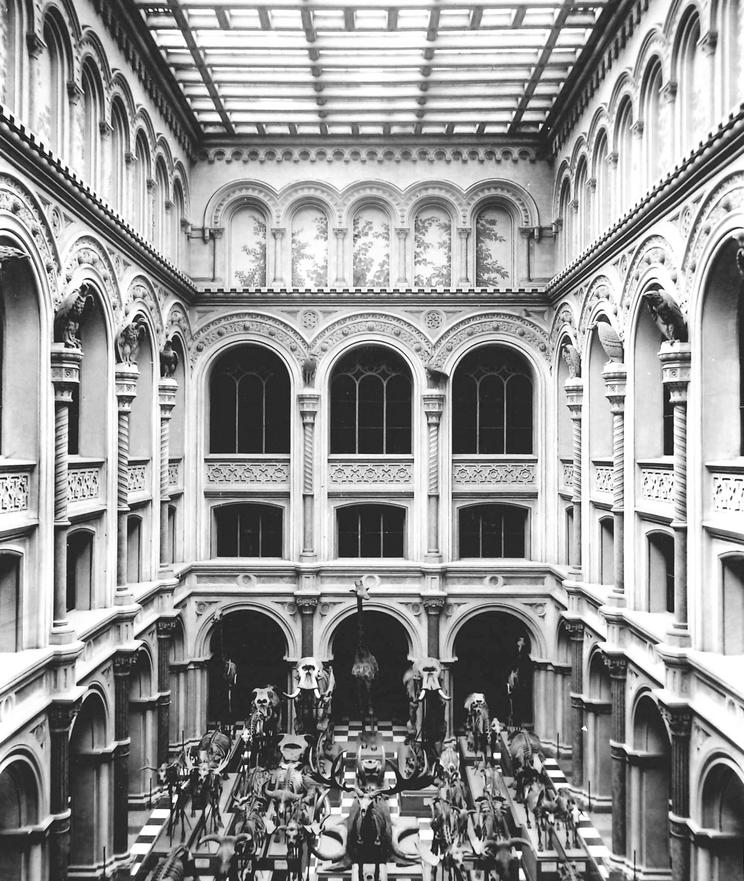
The museum Hall in Krystalgade.
1870
Construction of a New Museum Building in Krystalgade
In Krystalgade, an impressive building for its time was constructed, and on November 2, 1870, the public was allowed inside the exhibitions for the first time. Danish zoology remained in this building for a century. As the museum's collections grew, there was no longer enough space in the Krystalgade building. Large portions of the collections had to be stored outside the museum, and the exhibitions appeared outdated.
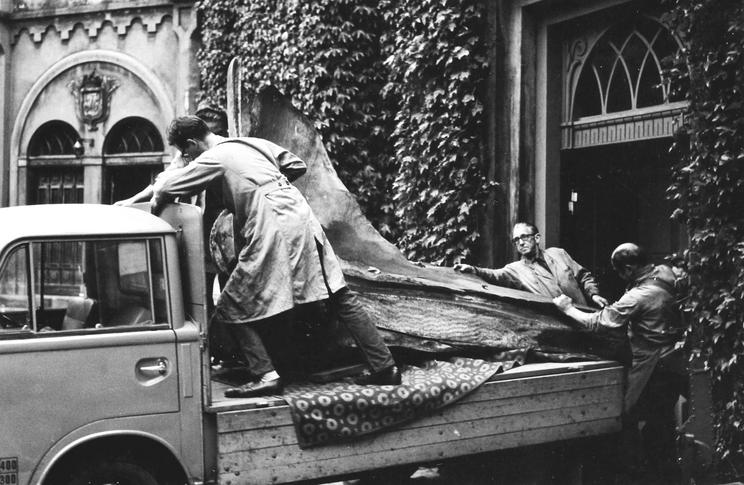
MUSEUM STAFF MOVE A SPERM WHALE SKULL IN 1969. PHOTO: P. VALENTIN JENSEN
1967
The Zoological Museum Moves to Universitetsparken
The old museum on Krystalgade closed to the public. By that time, work on the new exhibitions in the newly constructed museum in Universitetsparken was already underway. Items were gradually moved from Krystalgade in inner Copenhagen to the new exhibition halls and storage facilities in Østerbro.
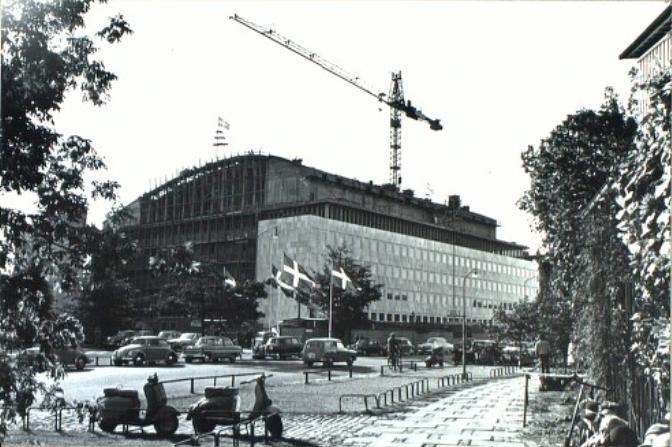
Topping-out ceremony for the new building in Universitetsparken in 1962. Photo: Per Pejstrup.
1970
The New Zoological Museum Opens
In 1970, the new museum building in Universitetsparken opened to the public. Besides the exhibitions, the building houses very large scientific collections from around the world. In addition to the oldest collections and the Danish collections, there are millions of animals collected on expeditions over several hundred years, brought home by people who worked, for example, in Greenland or the West Indies.
The museum continues to collect animals, now mostly marine animals and insects. For mammals and birds, small blood samples are often taken for DNA analysis. The museum's zoologists focus on mapping the relationships between animals and exploring wildlife in particularly interesting and threatened areas, such as the South American rainforest and the mountain forests of East Africa and Southeast Asia. They also study the wildlife in the North Atlantic and Greenland.
The museum continues to collect animals, now mostly marine animals and insects. For mammals and birds, small blood samples are often taken for DNA analysis. The museum's zoologists focus on mapping the relationships between animals and exploring wildlife in particularly interesting and threatened areas, such as the South American rainforest and the mountain forests of East Africa and Southeast Asia. They also study the wildlife in the North Atlantic and Greenland.
2004
Merger of Three Museums and a Garden
The Geological Museum, Zoological Museum, Botanical Museum, and Botanical Garden were merged under the umbrella of the Natural History Museum Denmark with the ambition to unite and strengthen the narrative of natural history.
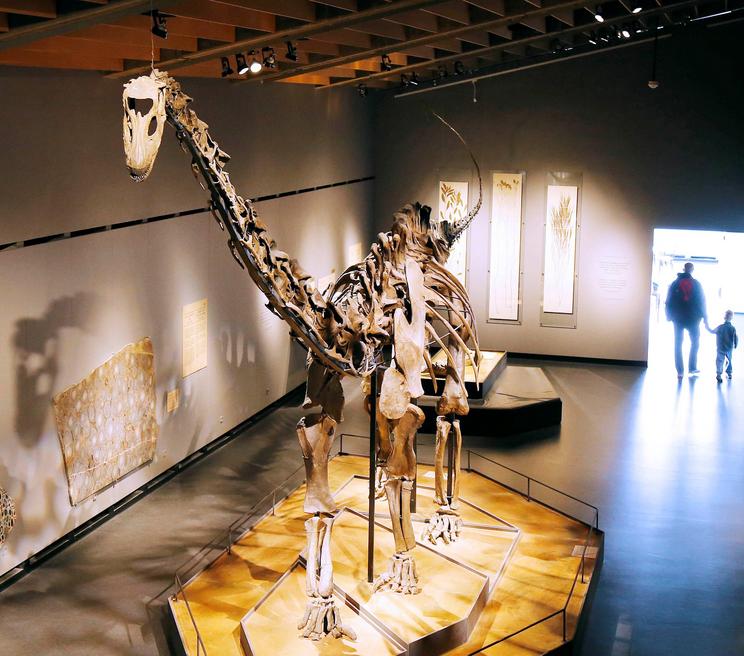
The dinosaur Misty at the Zoological Museum.
2022
The Zoological Museum Closes to the Public
After 52 years, the Zoological Museum closed to visitors in October 2022. The closure is part of the preparations for the opening of the new museum building in the Botanical Garden, which will bring the entire Natural History Museum Denmark under one roof. Over the coming years, the museum's conservators will treat and move many of the items from the Zoological Museum to the new museum building, where they will be featured in new exhibitions.
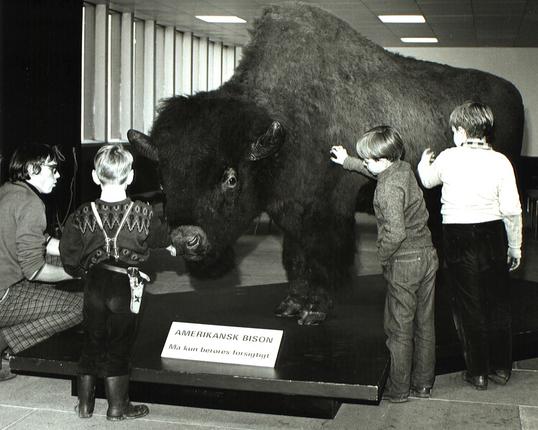
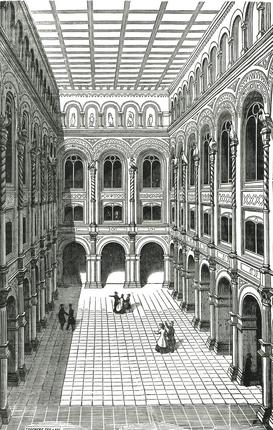
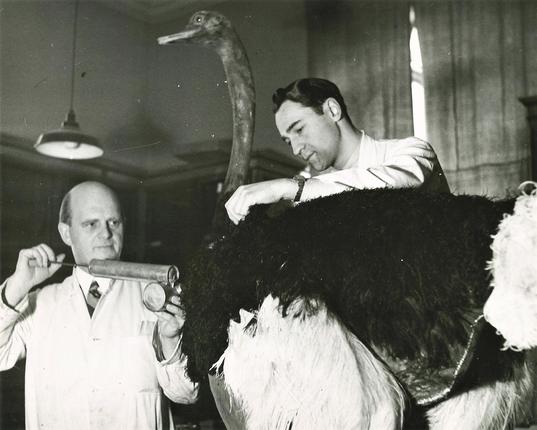
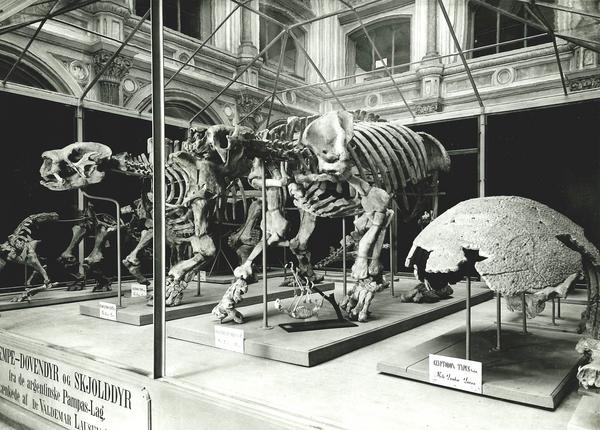

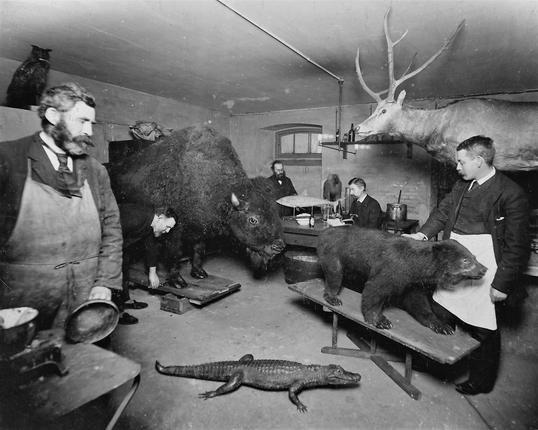
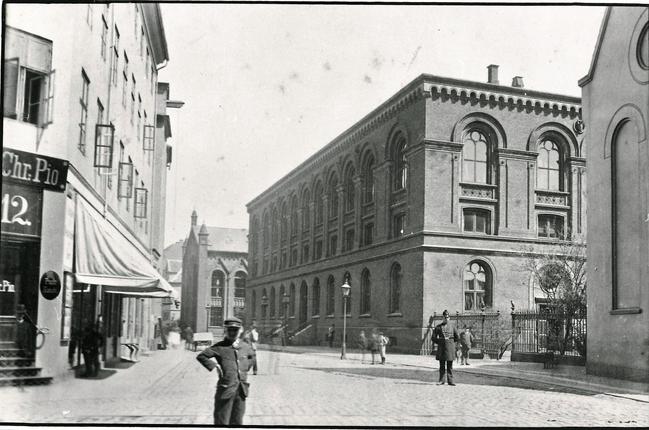
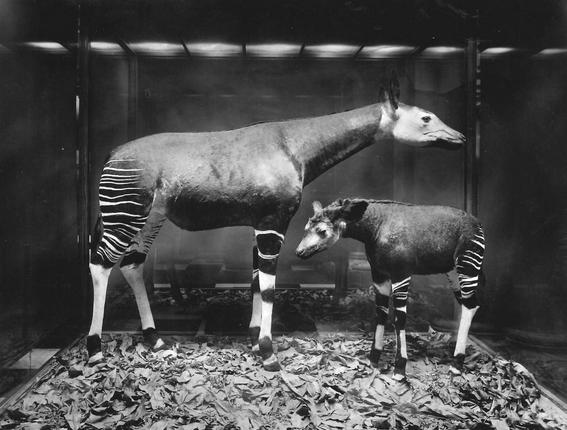
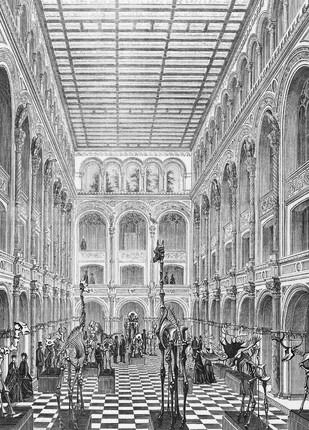
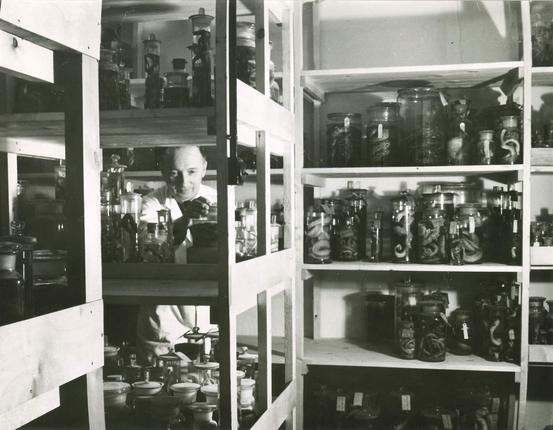
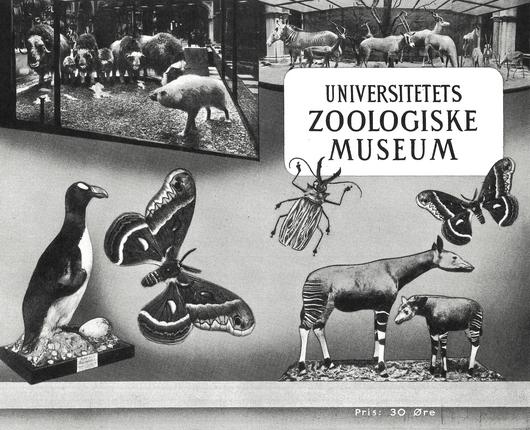
/
11
"Handle with Care Only." A stuffed bison serves as a petting animal at the Zoological Museum in the 1970s. Photo: Svend Bessing.
The Museum Hall at the Zoologisk Museum in Krystalgade, drawn in 1864.
Treatment with arsenic to keep moth and other pests away.
Skeletons of pre-historic giant sloth kæmpedovendyr and shield animal at the Zoological Museum in Krystalgade.
A stuffed giraf head in the museum hall at Krystalgade.
The conservation basement at the Zoological Museum in around 1890.
The Zoological Museum in Krystalgade around the turn of the century.
Stuffed tapirs from 1981.
Drawing of the Zoological Museum in Krystalgade from the year 1868.
Zoological study collection in Nørregade in the year 1940.
A ticket to the Zoological Museum at Krystalgade from the 1930's.
